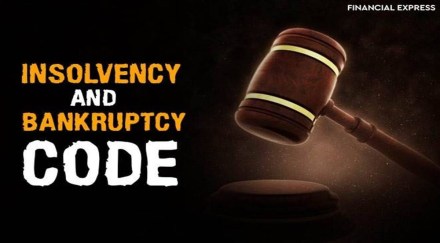Stakeholders in corporate insolvency resolution would do well to heed the advice veteran banker Uday Kotak had to offer as his tenure as the non-executive chairman of IL&FS ended last week. After the collapse of IL&FS in 2018, Kotak assumed charge and oversaw the resolution of over Rs 61,000 crore of the group’s overall debt of Rs 94,000 crore. A part of this is either awaiting distribution or is pending recovery as there are ongoing legal challenges. Compared to the average recovery of 33% (as of December 2021) of creditors’ claims under the Insolvency and Bankruptcy Code (IBC) regime, the IL&FS recovery record is outstanding, specially because of the complicated task involving various layers and legal entities. Some experts argue the IBC shouldn’t be judged by recovery score alone as the law is merely a facilitator of reorganisation that is ultimately determined by market forces. But Kotak’s advice should be taken seriously for better recoveries and even prevention of corporate stress.
The IL&FS resolution has taken years; in the case of IBC, nearly three-fourths of the ongoing resolution matters had exceeded the 270-day deadline set under the law. Part of the problem, Kotak has pointed out, is “complex” group structures. Apart from the resolution challenges, this poses a challenge to regulatory control; indeed, it is perhaps designed that way to outfox regulators. To that end, the regulatory framework needs to be revised as needed—responsive in real-time—to ensure loopholes and gaps don’t lend themselves to dangerous leveraging getting built without attracting attention.
Kotak also highlighted the challenge from the sovereign itself. Governments, especially those of the states, need to respect contracts and pay legitimate dues. Examples abound of state governments calling for review of projects after entering into contracts, or simply reneging on them—from Andhra Pradesh, Gujarat, and others seeking to renegotiate power purchase agreements to a Maharashtra calling for a review of the bullet train project that the Centre had committed to. Policy uncertainty has been a factor behind corporate stress, along with unfavourable business environment and poor credit decisions and promoter malfeasance.
States have been notoriously bad in paying dues; as the Praapti website shows, discoms owed power producers close to Rs 1.09 trillion at the end of March. It is not hard to imagine the domino effect on the generation companies and their creditors. The MSME Samadhaan portal shows pending claims of Rs 6,484 crore against the states (the governments plus their PSUs), of which less than a fifth has been disposed under the MSE Council mechanism. If SMEs, which have bled during the pandemic, have found little succour, it is well understood what is likely owed to bigger businesses, and the effect this has on debt-servicing. To be sure, he NPA situation is improving, but that is because of deleveraging by large corporates who may have the muscle to withstand the states delaying payments and not honouring contracts. Kotak hinted that the relatively better position of the PSU banks as opposed to other lenders in the IL&FS case was also because of the latter’s reliance on reports by ratings agencies. Ratings agencies and auditors have certainly not emerged with clean hands in many a insolvency cases. The need to reduce the incentives for raters and auditors to play to the companies’ tunes can’t be stressed enough.
Also, the government must ensure that infrastructural and personnel constraints are addressed at the earliest if these are not to add to the delays. Filling up vacancies, enabling swifter resolution with pre-packs, etc, can be effective counters against value-erosion of assets.
